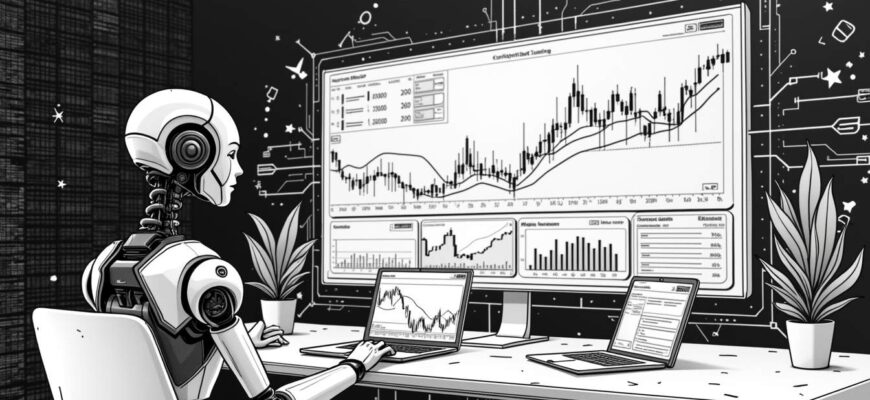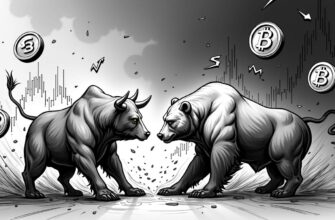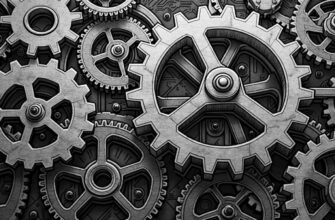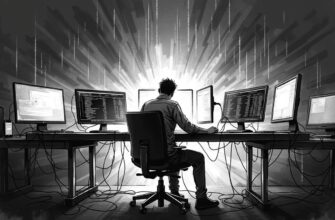- Crypto Trading Landscape
- AI’s Role in Improving User Experience
- Real-Time Analysis and Automation
- Customization and User Interface
- Predictive Insights and Pattern Recognition
- Backtesting and Strategy Optimization
- Real-Time Market Data Integration and Automated Reporting
- Balancing AI Insights with Human Expertise
- Blockchain’s Trust Factor
- Transparency and Accountability
- Enhanced Security
- Immutability and Traceability
- Regulatory Compliance
- Smart Contracts
- Challenges in Transitioning to New Platforms
- Logistical and Community Engagement Challenges
- Managing User Resistance and Expectations
- Technical and Resource Challenges
- Timing and Readiness
- Team and Volunteer Management
- Macroeconomic Indicators and Their Influence
- Financial Stability and Equity
- Innovation and Efficiency
- Regulatory Environment
- Summary
Crypto Trading Landscape
Man, the crypto trading scene has come a long way, right? With all the tech developments and more folks piling in, trading platforms have become the cornerstone of the entire setup. And with this growth, we’re seeing the rise of AI and blockchain technology, which are shaking up these platforms in ways we probably didn’t even imagine would happen.
AI’s Role in Improving User Experience
Real-Time Analysis and Automation
First off, let’s talk about AI. These AI-driven trading platforms can sift through tons of market data as it’s happening and spot trends. This means they can even do automated trading when certain market conditions pop up, cutting down on human screw-ups and saving time. You’ve got platforms like Trade Ideas, TrendSpider, and TradingView that are already offering this kind of stuff—automated trading and smooth integration with brokers we all know.
Customization and User Interface
A good user interface can make or break your experience. Luckily, AI trading setups let you tweak the layout, set notifications, and customize how info is displayed. Because let’s face it, we all have our own way of trading, and this makes it a lot easier to get in the groove.
Predictive Insights and Pattern Recognition
AI doesn’t just crunch numbers; it also predicts market trends and finds patterns. TrendSpider, for example, has some pretty powerful pattern recognition software that works on any timeframe. It even draws trends on charts automatically. That’s got to be helpful for making the right call in a hurry.
Backtesting and Strategy Optimization
If you want to backtest your strategies using historical data, there are AI tools for that, too. These tools can help you refine your trading algorithms, making sure you’re not just throwing darts in the dark.
Real-Time Market Data Integration and Automated Reporting
Integrating real-time market data lets you make trades on the fly. And with automated reports, everything’s a bit smoother. You get reports, historical analysis, and customizable dashboards, plus alerts when things start to move.
Balancing AI Insights with Human Expertise
But let’s not forget: AI is only as good as the humans behind it. It’s important to keep evaluating and updating these systems. Oh, and customizing them to fit your own strategies and risk tolerance is a no-brainer.
Blockchain’s Trust Factor
Transparency and Accountability
Now onto blockchain. It brings a whole new level of transparency—every transaction’s recorded on a decentralized ledger that can’t be altered. This helps users keep track of their transactions and verify authenticity.
Enhanced Security
Blockchain has built-in security. Smart contracts and decentralized ledgers help automate processes, making it harder for fraud to rear its ugly head.
Immutability and Traceability
Once a transaction’s recorded on the blockchain, it’s there for good. This traceability gives users confidence that their transactions are safe.
Regulatory Compliance
Blockchain makes it easier to comply with regulations. It provides transparent and immutable transaction records, helping the platform stay in the good books.
Smart Contracts
Smart contracts are the icing on the cake. They automate everything from releasing funds to executing trades, all without needing a middleman.
Challenges in Transitioning to New Platforms
Logistical and Community Engagement Challenges
But making the switch to a new platform isn’t all sunshine and rainbows. There are logistical hurdles, like keeping the community engaged and making sure folks actually migrate. You need a solid migration strategy and to involve stakeholders from the get-go.
Managing User Resistance and Expectations
While switching platforms might sound great, it’s a big change, so be ready for some pushback. Set the stage for what to expect.
Technical and Resource Challenges
And don’t get me started on the technical challenges. More spam, lower-quality discussions, and higher bandwidth demands? That’s gonna be a headache.
Timing and Readiness
Timing is everything. You have to decide if it’s the right moment to make the leap.
Team and Volunteer Management
A bigger community means you need more hands on deck, which can be tough to manage.
Macroeconomic Indicators and Their Influence
Financial Stability and Equity
When it comes to macroeconomic indicators, financial stability is key for decentralized trading platforms. Stablecoins are central to keeping liquidity flowing.
Innovation and Efficiency
If these platforms can push for innovation and efficiency, then they’re on the right track.
Regulatory Environment
And of course, the regulatory environment can make or break them. Clear regulations mean less risk and more stability.
Summary
So yeah, AI and blockchain are upending the whole crypto trading scene. They’re making trading smoother, more efficient, and maybe even a bit more trustworthy. But it’s not all smooth sailing; managing the transition to new platforms and keeping an eye on macroeconomic indicators are just as crucial.








